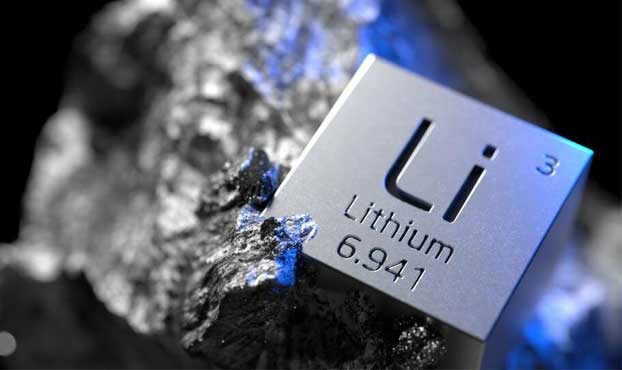In the ever-evolving world of solar energy, advancements in battery technology have become a game-changer. One such innovation is the integration of nano-carbon silica technology into lead-acid solar batteries, boasting an impressive 40-year lifespan. This groundbreaking development enhances durability, longevity, and versatility, making it a forward-thinking investment for a wide range of energy storage needs. In this blog post, we delve into the unparalleled benefits of this cutting-edge technology and how it paves the way for a sustainable and cost-effective energy future.
Unmatched Durability: Nano-carbon silica technology introduces an extra layer of protection to lead-acid solar batteries. This added resilience guards against common issues like sulfation and grid corrosion, significantly reducing the risk of battery degradation over time. As a result, your investment in this advanced technology ensures that your battery remains reliable and efficient for decades.
Longevity: The remarkable 40-year lifespan offered by lead-acid batteries enhanced with nano-carbon silica technology is a game-changer in the battery industry. Conventional lead-acid batteries typically have shorter lifespans, making this innovative technology a cost-effective investment over the long term. You’ll enjoy the peace of mind that comes with knowing you won’t need to replace your battery nearly as often, ultimately reducing your overall energy storage costs.
Versatility: One of the key advantages of this technology is its versatility. It can be applied in various settings, from residential solar installations to industrial and off-grid applications. This adaptability makes it an ideal choice for a wide range of energy storage needs, ensuring that you can harness the power of solar energy wherever it’s needed most.
Conclusion: Investing in a lead-acid solar battery enriched with nano-carbon silica technology and boasting a 40-year lifespan is a forward-thinking choice that offers unparalleled durability, reliability, sustainability, and long-term cost savings. It represents a significant step towards achieving energy independence and embracing innovative solutions in the field of solar energy. As the energy landscape evolves, this technology is at the forefront of paving the way for a greener, more sustainable future.

